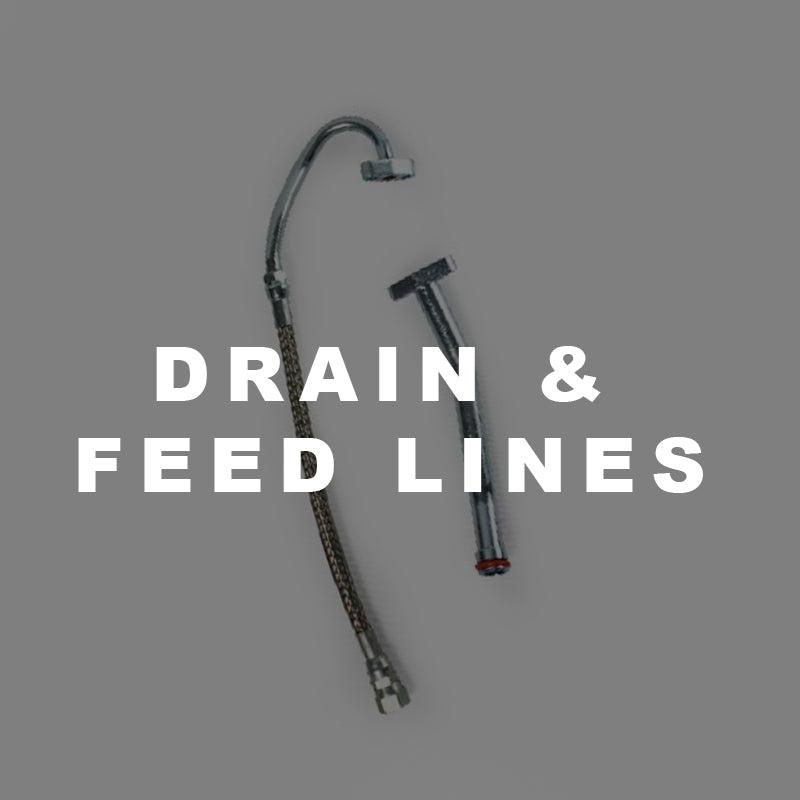Look for these 5 telltale signs that your intake manifold gasket has a leak and needs replacing.
The age and the cost of owning a used car are going up in the U.S. Among the most commonly replaced parts, an intake manifold gasket could cost you over $600 in parts and labor. There are so many things that can go wrong with the manifold, especially if the gasket is compromised.
This little gasket that sits between the engine and the intake manifold is supposed to be durable. To the dismay to some car gurus, some manufacturers make their intake gasket out of plastic, but most are either rubber or metal. Regardless, this is one part that you don’t want to leave unchecked.
This guide will help you detect problems with your intake manifold and the gasket.
Is It an Intake Manifold Gasket Leak?
There are a number of red flags to watch out for a gasket leak. We’ll go into each type of leak and the symptoms that accompany them.
When you start running low on coolant, you know there’s a leak. If it’s not at the hoses or the radiator, chances are good it’s in a gasket. First, check the head gasket to see if that’s the source of the leak.
If everything looks good, double-check the thermostat before moving onto the intake manifold gasket. Now, this type of leak will leave a very obvious residue all around the seal. An internal coolant leak is a different story, though.
If coolant leaks into the combustion chamber, you won’t see any evidence. You instead need to rely on the faint smell of coolant or traces of coolant in your oil. For the laymen, this kind of stuff is kind of hard to detect.
Some intake manifolds, like PACCAR or Caterpillar, are pretty easy to get around.
A tight seal is imperative for an intake manifold gasket. If there is a leak, the vacuumed air will throw off your fuel mix and cause the engine to run harder. Finding a vacuum air leak isn’t always easy, as there are other gaskets and places of weakness.
It might come from the top of the cylinder, the carburetor, the engine’s exhaust pipe or crank, or the o-ring of the fuel injector. If you suspect a leak, then your Check Engine light will go off. Try not to diagnose a problem on suspicions alone, use an ODB-II scan tool, at least.
As we just mentioned, the fuel mixture ratio is a huge red flag for a faulty manifold gasket. If more air is being sucked from your leaky coolant intake, more fuel will get sucked by the engine. This can gradually translate to lower mpg and bigger problems down the line.
The engine will start to chug more as misfires happen. If things get bad enough, your car may even start to stall on you while idling.
Remember, as the coolant starts to leak, there is more friction and less protection for your engine. Again, this may not leave any evidence at all underneath the car, unlike traditional leaks. Coolant might gradually get siphoned away, internally, so you need to watch to see if your engine is overheating.
The first place you can tell is right on your dashboard temperature gauge. If you’re idling and the temperature is beyond the halfway point, that’s hot. While you’re driving, the needle shouldn’t flirt with the red zone.
That red area on the temperature gauge is specifically for indicating a problem. Don’t drive your car anywhere other than a mechanic when it’s getting that hot.
A hot engine will produce some strong smells. Usually, this will be some combination of plastic and rubber, as these are the first to go. When an engine overheats, it’s like a giant frying pan. Anything nearby is at risk of catching on fire.
In fact, once you detect any faint smell of smoke or see it coming out the hood/cabin: stop your car. Some damage may already happen, but your engine isn’t lost yet. It will sound like it and smell like it, but you have time to fix it.
Before all of these things start happening, if you’re really in tune with your car, you’ll notice a decrease in performance. Your acceleration may lag, it might feel like it takes longer to reach highway speeds. All of these things are noticeable to enthusiasts, but a layman can catch it, too.
If these acceleration hiccups only happen intermittently, then it’s probably the gasket wearing. Momentary losses in air pressure will not result in drastic changes in speed. Unless you’re drag racing on the strip, you won’t detect a huge dip in performance early on.
Intake Manifold Gasket Replacement Cost
It depends on how long you wait until these symptoms start to show up. Early detection might mean less than $500. A last-minute fix will come with extra repairs to other parts.
The gasket itself is not expensive. If you learn how to replace the intake manifold gasket, your out-of-pocket would total $25-50.
Protect Your Car’s Longevity
Hopefully, this short guide on intake manifold gasket leaks has opened your eyes a bit. As you can see, there’s a lot of variables when it comes to detecting a problem. No matter what car make and model you have, the gasket will fail at some point.
It’s one of the most overlooked parts, yet is a source of a number of problems and unnecessary damage. A simple examination every time you get your annual servicing by a mechanic is all it takes. Avoid dealing with lazy mechanics who will only do the bare minimum of changing the oil and coolant.
Stick with premium, USA-made, performance parts to get the best longevity and fuel efficiency. Contact us today to learn about the Full Tilt difference.








